Hot, Hot, Hot: An Alternate Hyperreal Calendar
Summer may be over but movies are forever. The breakneck pace of our summer schedule brought with it action movies from across the globe, under-seen gems from the ‘90s and 2000s, and the sweatiest version of Double Indemnity you’ll ever see in your life. But if you’re looking for even more movies to give you an excuse not to leave the air-conditioned oasis of your home, here are the double features suggested by the Hyperreal Film Club community.
Blade—The Punisher (2004)
Most of the comic book movies cranked out today have required moments where characters turn to the camera and acknowledge how absurd something sounds–or if they say something absurd, other characters have to guffaw or groan at how cheesy the moment is. It’s as if Hollywood is afraid to put honest bombastry into films in a post-Nolan/Feige world. Blade earnestly captured the absurd edge of its era in every aspect of story and character–Wesley Snipes, trench coats, inexplicably cool set pieces, and anti-heroes that become more problematic as you think about them. While Thomas Jane isn’t an eponymous action star like Snipes, it’s thanks to him, and writer/director Jonathan Hensleigh, that The Punisher serves as a vessel for the same kind of edge in the early ‘00s and a perfect alt for Blade.
If you’re not familiar with The Punisher, the story centers around Frank Castle, an undercover FBI agent who' is unwittingly blamed for the death of mob boss Howard Saint’s son. Saint, played by John Travolta, puts a hit out on Castle and his entire family. The resulting slaughter leaves Castle broken, near-death, and laser focused on revenge. What follows is Castle’s inexplicably obfuscated plan to poetically punish everyone who played a role in the familial extermination. Despite the dark subject matter, the movie manages to hold fast to a darkly comedic tone–flipping between moments of intensely brutal violence and vaudevillian slapstick. Mix in Travolta chewing scenery, a post-grunge soundtrack about broken sad bois, inappropriate quips, and creative stunts, suddenly you start to see how the posters for Blade and The Punisher could easily appear in the same dorm room. Sure, both are Marvel movies with dudes striking “cool” poses on their posters, but what really makes this the ultimate alt for Blade is its equivalent contents of cheesy, brooding edge and delightfully over the top action.
Donnie Darko—The Kid Detective
Much of the experience of watching Donnie Darko is trying to piece together the reality of the story—what is actually going on and what is actually trying to be said. With such mind-bending topics being discussed like mental health disorders, time-travel, destiny, and death, one can forget it is also a coming-of-age story. There are many movies like Donnie Darko with confused and untrustworthy protagonists (they also tend to star Jake Gyllenhaal). That said, you wouldn’t classify Nocturnal Animals or Enemy as coming-of-age narratives.
2020’s The Kid Detective has all of these traits. Part coming-of-age tale, part disturbing mystery, this Canadian film stars Adam Brody as Abe Applebaum. As a child, Abe gained notoriety by solving local, small time crimes like missing baseball cards. However, he became a perpetual child when he was unable to find his best friend after she went missing. Now, as a thirty-two year old man, Abe is just waiting for the next big case to fall in his lap. He is lost and unmoored from reality like Donnie waiting for Frank’s prophecy to come true. Finally, a murder case comes across his desk and Abe is thrown into the deep end of detective work. Things are not how they seem, and Abe’s world begins to unravel. It may be obvious to those who’ve seen Donnie Darko but a recommendation for this film must also come with a warning. This thing will fuck you up. The Kid Detective starts as a comedy but turns into a dark and emotional story about the ending of childhood and the darkness of reality.
Body Heat—Angel Heart
Can’t get enough of Micky Rourke in a hot, sweaty southern Neo-noir? Well, look no further! Angel Heart is an erotic thriller about a man and a mystery. While this film leans far more supernatural than Body Heat, the steam levels are just as high, and the American South is just as dangerously seductive.
Harry Angel (Mickey Rourke) is a down-and-out detective hired by the mysterious Louis Cypher (Robert De Niro) to find a missing person. Like Body Heat, the seemingly straightforward plot begins to fold in on itself as the mystery comes into focus. Unlike Body Heat, however, the presence of Voodoo and demonic possession gives the genre a splash of Southern Gothic Horror.
Rourke carries this film well, toeing the line between a charming, inquisitive private investigator and an utter slimeball, something few actors have been able to do so well since. De Niro, meanwhile, was clearly on set for one full day and must have stated somewhere in his contract that he would be playing the character almost entirely from a chair. The true shining star of this film, though, is Lisa Bonet as Epiphany Proudfoot. While wildly controversial at the time because of her ties to the family friendly The Cosby Show, Bonet solidified herself as one of the sexiest women to ever exist in this film, especially in a particularly erotic scene that (without spoilers) can only be described as “sticky.”
This film isn’t nearly as erotic or sophisticated as Body Heat, but it makes up for it with style and atmosphere. It’s moody and tense and overall a very good time.
RRR—Phineas and Ferb: The Movie: Candace Against the Universe
The thing about 2022’s RRR is that audiences hadn’t seen a movie do so many unbelievably crazy things in earnest on that scale before, and they probably won’t for quite some time. Its genuine love of its concept dredged out of the heartless money pits moviegoers had become accustomed to. The film became a talking point of conversation and immediately solidified itself as a film you must see to believe.
So what the hell does RRR have to do with Phineas and Ferb: The Movie: Candace Against the Universe?
Well the answer is simple: it wears its heart on its sleeve in a way that avoids the cynicism of most animated films. Released in 2020, Phineas and Ferb: The Movie was a breath of fresh air. What could have easily been a Disney + shovelware film ended up being a movie with a soul and a serious understanding of what people wanted from it. When Candace is abducted by aliens, it’s up to her brothers and to go save her. The songs are great in both films, the action sequences are fun (RRR definitely trumps P&F,) and there are so many laugh out loud sequences in both movies. If you squint hard enough, there’s even some overlap in how the films play out: a kidnapping based on a misunderstanding, a musical sequence to rally everyone together, and people riding on each other’s shoulders (this ones a reach). If you enjoy a good movie that respects you as a viewer and also was made out of the love of filmmaking, you’ll enjoy this movie.
To Wong Foo, Thanks for Everything! Julie Newmar—la Cage aux Folles
On this viewing of To Wong Foo, Thanks for Everything! Julie Newmar, I was moved to tears by the ending. Part of it was Chi-Chi finally get her flowers (literally), and part of it was Carol Ann finally standing up to Virgil, but most of all, it was seeing a conservative, seemingly close-minded community coming together to protect Vida, Noxeema, and Chi-Chi. The film is goofy and campy and full of caricature, but the messaging could not be more true or relevant: drag is an art form and an expression of joy and a place to build community. It may be a target for hate-fueled legislation now, but in the 1990s, drag was just entering into the modern mainstream. Just seven months after To Wong Foo’s release (and top spot at the box office for its first two weeks), another drag-centric film dominated cinemas: The Birdcage. Robin Williams and Gene Hackman play a drag queen/club owner power couple who must play straight to appease the conservative parents of their son’s fiancee. While a definitive entry into the canon of queer cinema, though, The Birdcage is not an original story. To quote Tiffany Pollard, “take a look at the material.”
The original source material was, in fact, a 1973 French play called la Cage aux Folles (translation: The Birdcage, of course). The play ran for an impressive 1,800 performances before being adapted into a film directed by Édouard Molinaro. The American version is faithful to the source material, but la Cage aux Folles is a delight in its own right. Any fan of drag will love seeing the Oscar-nominated costume design, and the lush, colorful interiors of Renato and Albin’s nightclub and apartment will live rent-free on my vision board until I have enough money to invest in velvet furniture. Albin, the man behind queen Zaza Napoli’s wig and makeup, is equal parts parody and sincerity, and his toast work is one of the funniest physical comedy bits I’ve seen since Jimbo’s Shirley Temple.
Movies like To Wong Foo and la Cage, while relics of decades past, are a balm for the brain. As we support our drag heroes in the fight for their rights, seeing drag–and queer stories–celebrated on screen is an invigorating shot of pure joy to the heart.
Hana-Bi—Last Life in the Universe
I have a lot of love for slow-paced, melancholic cinema—movies that give you time to absorb what you’re seeing and sit with what you’re feeling. Takeshi Kitano’s Hana-bi (1997) is a film that expands what that means. It offers just as many hard cuts as lingering landscape shots and punctuates scenes of quiet serenity with jolting gunfire. What results is a film whose moments of warmth and poignancy feel purposeful, almost earned, rather than merely customary.
For those of you who, like me, can’t get Hana-bi out of your heads, many of the parts I loved best about it find direct analogs in Pen-Ek Ratanaruang’s Last Life in the Universe (2003). It follows Kenji, a librarian living in Thailand, whose suicide attempt is interrupted when his yakuza brother is murdered in front of him. Fleeing the scene, he soon connects with a woman named Noi who, in turn, witnesses her own sister’s death. As the pair grow closer, the film explores themes of loneliness, connection, and grief. Equal parts crime thriller and surreal love(-ish) story, Last Life in the Universe features its own astonishing score, as well as cinematography by frequent Wong Kar-Wai collaborator Christopher Doyle. Just like Hana-bi, it deftly juxtaposes visions of explosive cruelty against moments of almost unbearable tenderness, and it left me just as spellbound teary-eyed—another soft, slow movie with just the right amount of hardboiled edge.
Kamikaze Girls—Cutie Honey
Kamikaze Girls and Cutie Honey feature cute Japanese models and pop stars riding motorcycles, fighting enemies, and turning looks. Both movies have a kinetic energy and eye popping animated sequences meant to evoke the punchy style of manga. The main distinction between them is that Kamikaze Girls is based on a light novel that was then adapted into a shōjo manga, targeting an audience of young girls, and Cutie Honey is based on a shōnen manga, targeting young boys.
Kamikaze Girls follows the typical themes of shōjo art, emphasizing innocence and the intimate relationships between women. It also features Lolita culture, which aims to desexualize fashion and femininity. Cutie Honey, on the other hand, was the first female protagonist of a shōnen manga series. One of the trademarks of her character is that her transformation from catholic schoolgirl to busty sword-wielding badass involves the temporary loss of all her clothing. Even though it was aimed at children, most of the movie is dedicated to popular model Eriko Saito lounging around in her panties and various revealing outfits. Please don’t get me wrong: this is the best part of the movie.
If the main thing that drew you to Kamikaze Girls was its gentle treatment of female friendship, Cutie Honey could be a swing and a miss for you. At the same time, Cutie Honey has more fight scenes, more special effects, and some fantastic Power Rangers style villains that could appeal to action fans. Together, the movies are an interesting example of how two different genres handle similar concepts.
Sans Soleil— Reminiscences of a Journey to Lithuania
For those who loved the art-driven side of Sans Soleil and the questioning of what a film truly is and what it can be, Reminiscences of a Journey to Lithuania is a must watch. Reminiscences, directed by Jonas Mekas aka "the godfather of American avant-garde cinema," is another film along with Chris Marker's Sans Soleil that redefines our entire understanding of what a film can be. Reminiscences operates as a travelogue through the eyes of Jonas Mekas as he travels to Lithuania to visit his family and relatives. Filled with bittersweet and nostalgic segments, it takes the form of video diaries in which Mekas captures everything that he considers the essence of life and humanity through his own buried memories. Though it’s somber (the film’s unique perspective of visiting a childhood home that’s both changed and remained stagnant at all is due to Mekas having to flee his home country as a young adult during the Nazi occupation) it nevertheless relishes in the beauty of life. Though it doesn’t offer the same humor that Marker offers in Sans Soleil, if you walked away from the State Theatre loving the feeling of having watched a truly authentic video diary, Reminiscences of a Journey to Lithuania offers a stunning, poignant follow-up.
Tears of the Black Tiger—The Bodyguard (1979)
Wisit Sasanatieng’s 2000’s Tears of the Black Tiger can be considered a Revisionist Western. With the focus of the melodramatic tragedy falling on two non-white outlaws, Dum and Mahesuan, Tears of the Black Tiger shares a genre with the likes of Alex Cox’s Walker and Gordon Parks Jr.’s Thomasine and Bushrod. The film also shares in the tradition of other countries using the traditional western genre for its own means. This is the intriguing allure to international westerns; by coming from the other side of the globe, they can offer a different perspective.
While the most notable versions of international westerns seem to require a food based pun (i.e Spaghetti, Charro, and Meat Pie), the version most opposed to cliches like the American Dream and rugged individualism came from the Eastern Bloc under Communist rule. These are known as Red Westerns or Osterns.
A popular Ostern would be Ali Hamroyev’s The Bodyguard (1979). This film focuses on the efforts of a poor hunter tasked by the Soviet army to transport a Basmachi rebel through enemy lines and snowy peaks. With a similar plot to 2017’s Hostiles and Tarintino’s The Hateful Eight, where a man is just trying to get a prisoner someplace else, The Bodyguard comes from a point-of-view you may have never seen before. To best understand the film, it may be necessary to understand the Russian conflict with the Basmachi movement. However, to go in with just the context of the American Western genre and its tropes, you may have an experience similar to those who have little context for American history. A feeling of unease and skepticism. A general weariness to trust the John Wayne type. Any audience member should be skeptical of what appears to be Soviet Propaganda but a film like The Bodyguard places an American audience on the outside looking in. It is intriguing to see the tools built in the western used in the east.

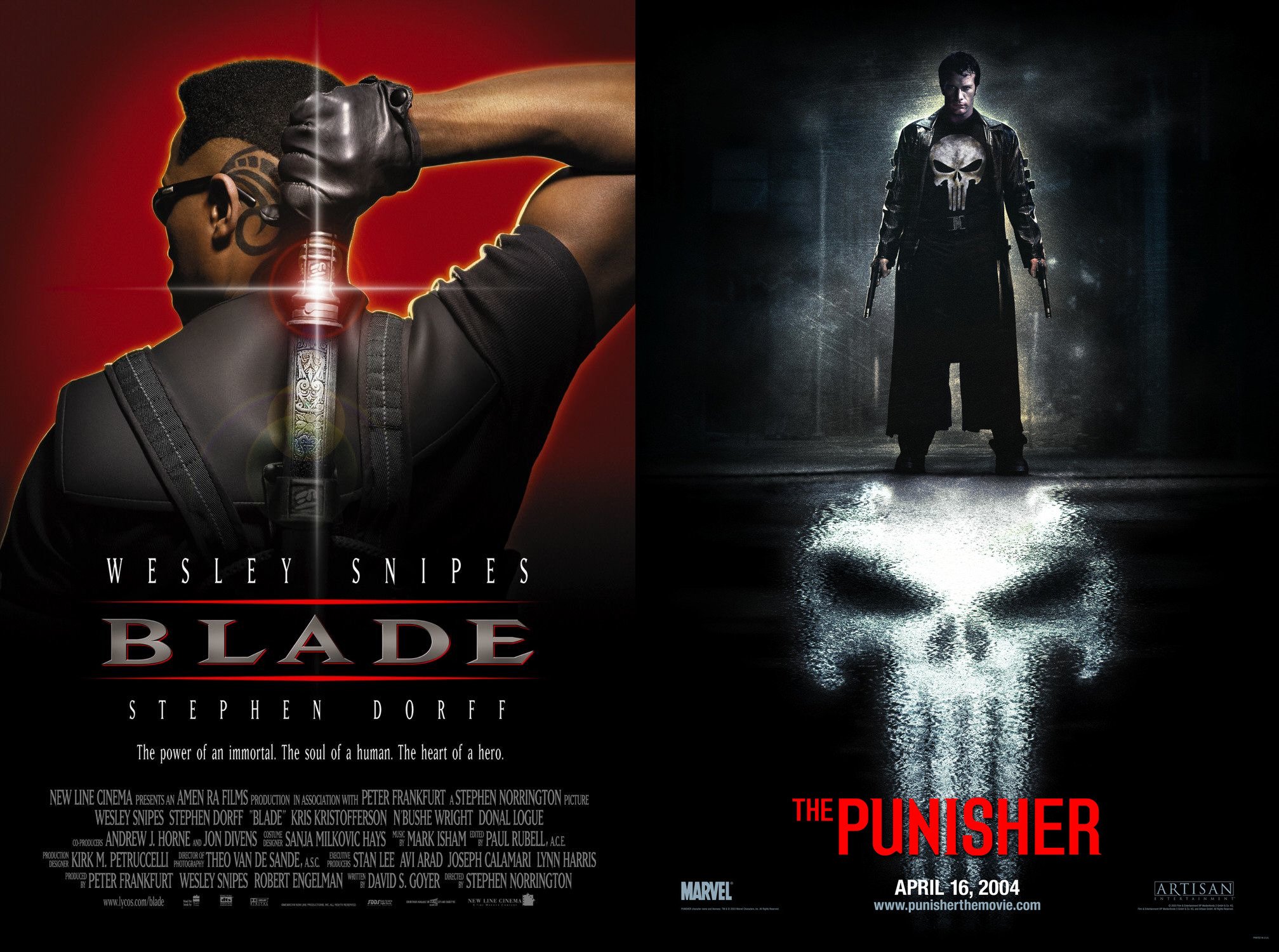
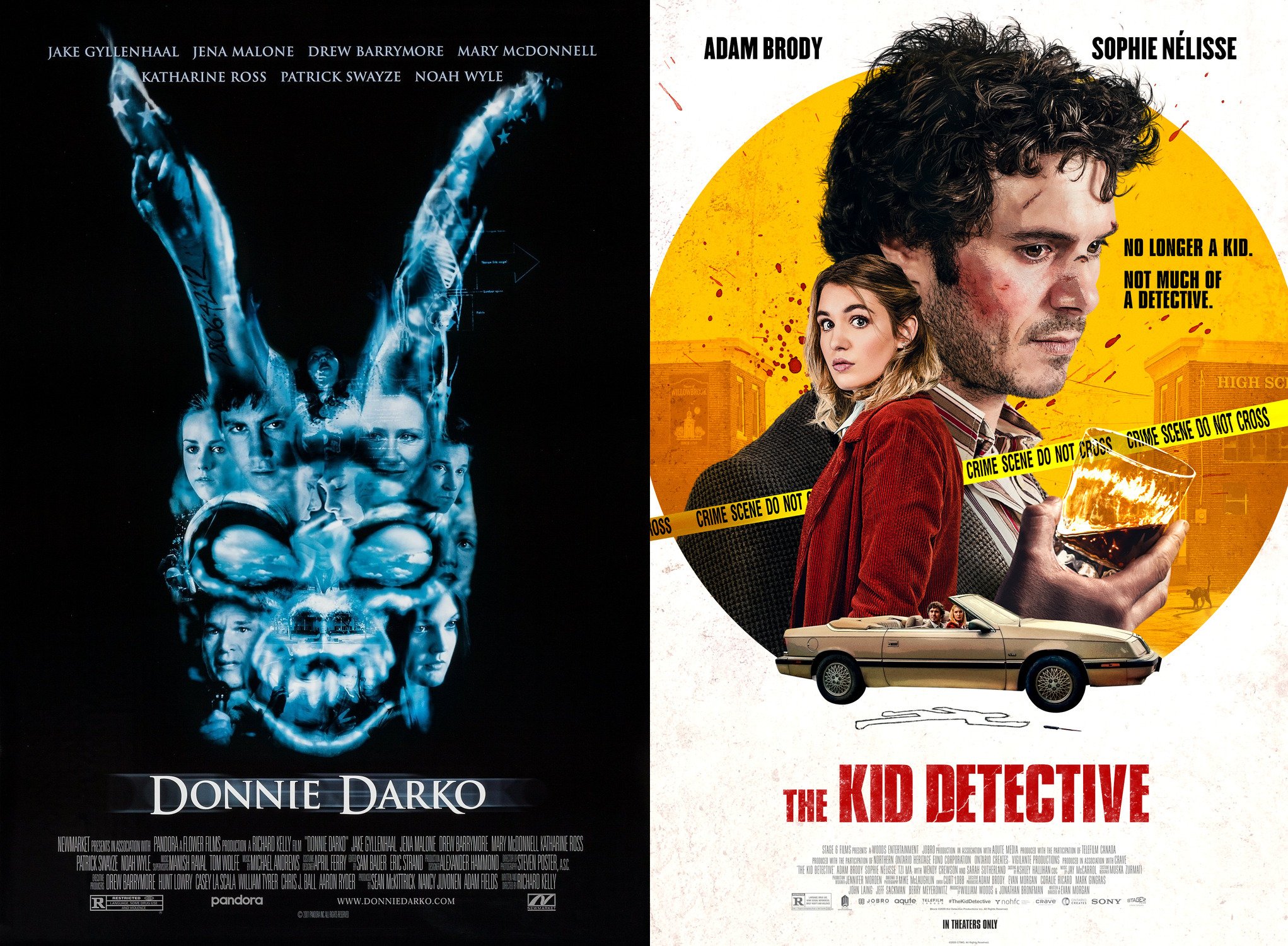

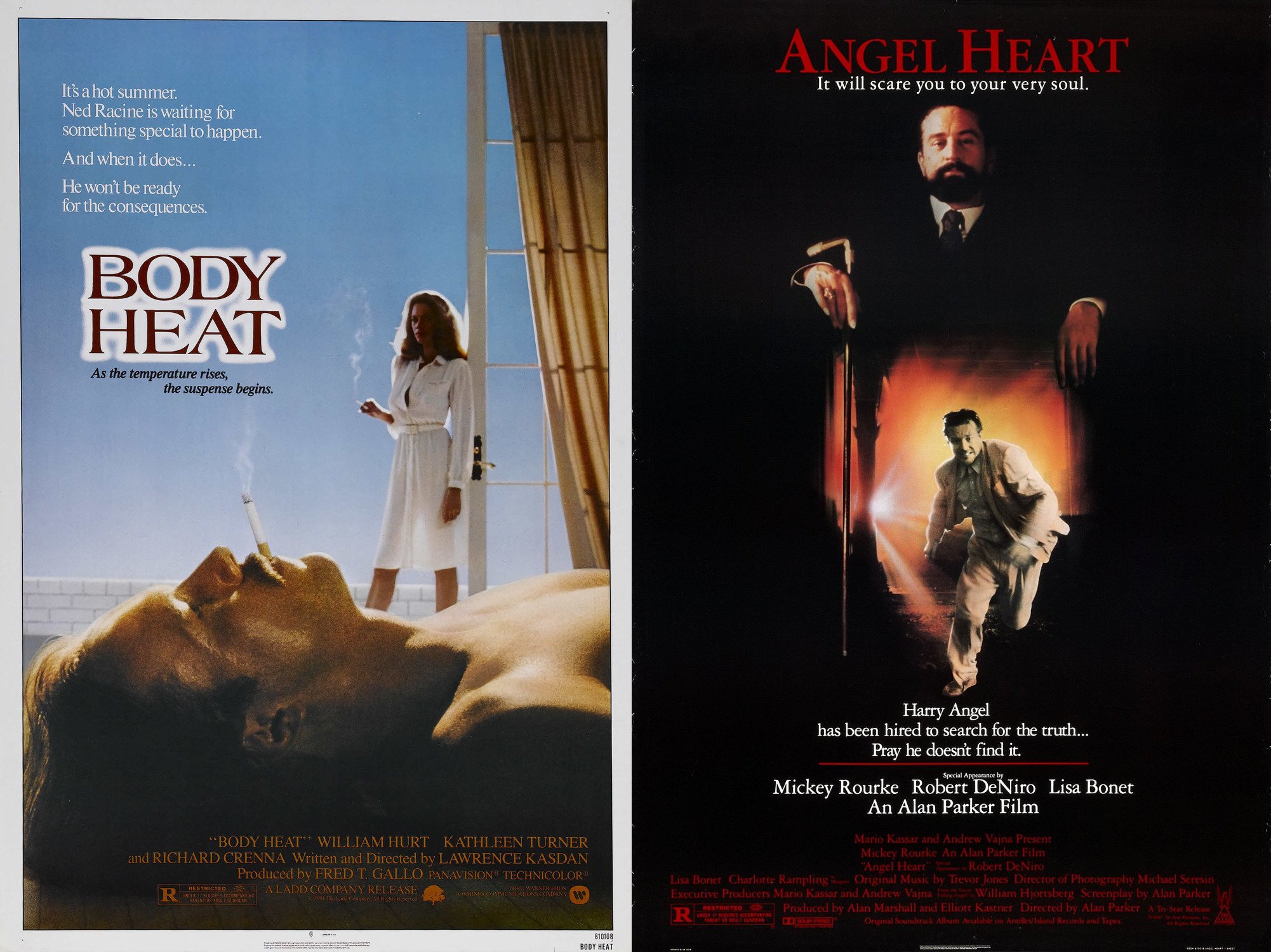









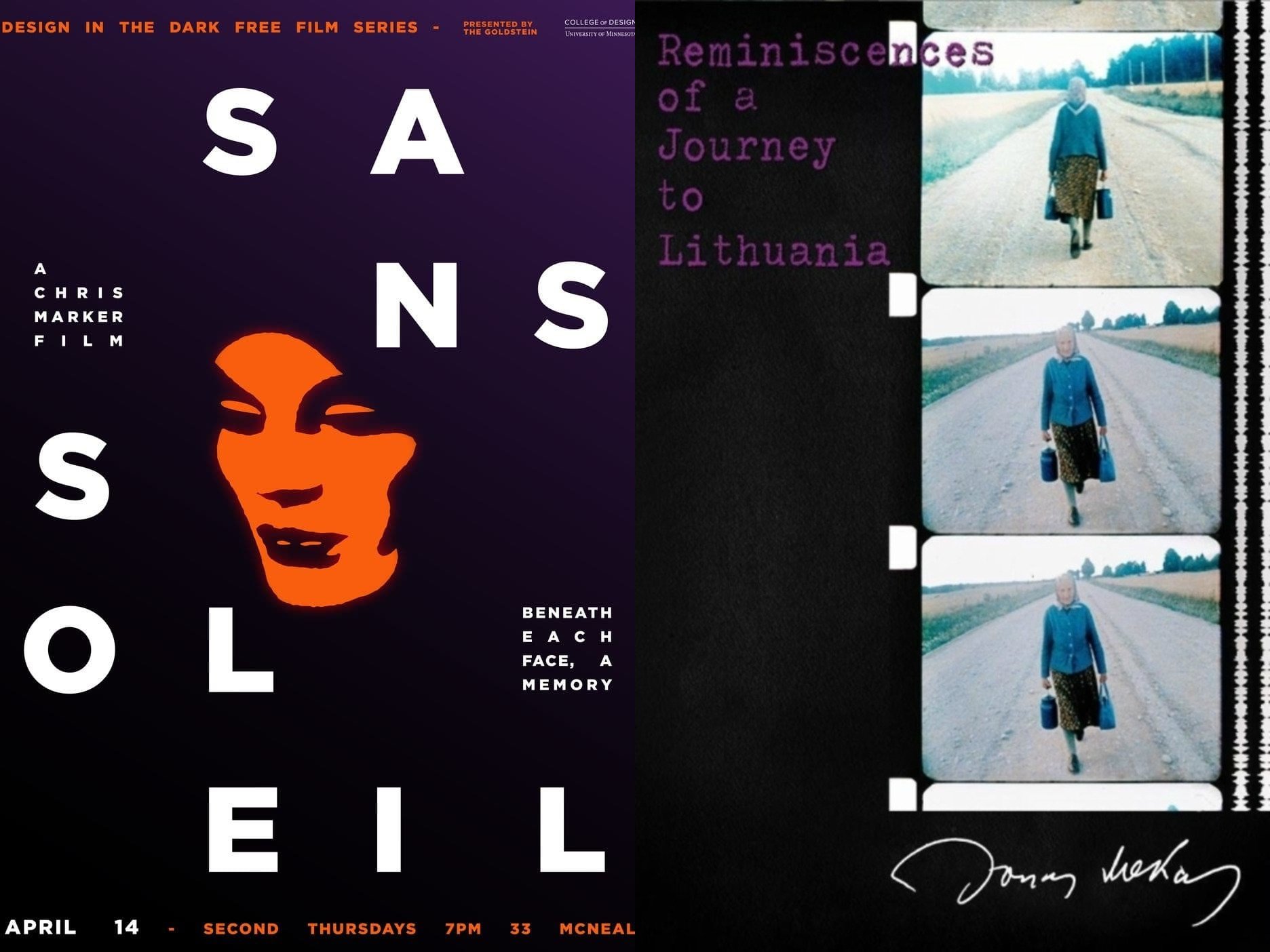

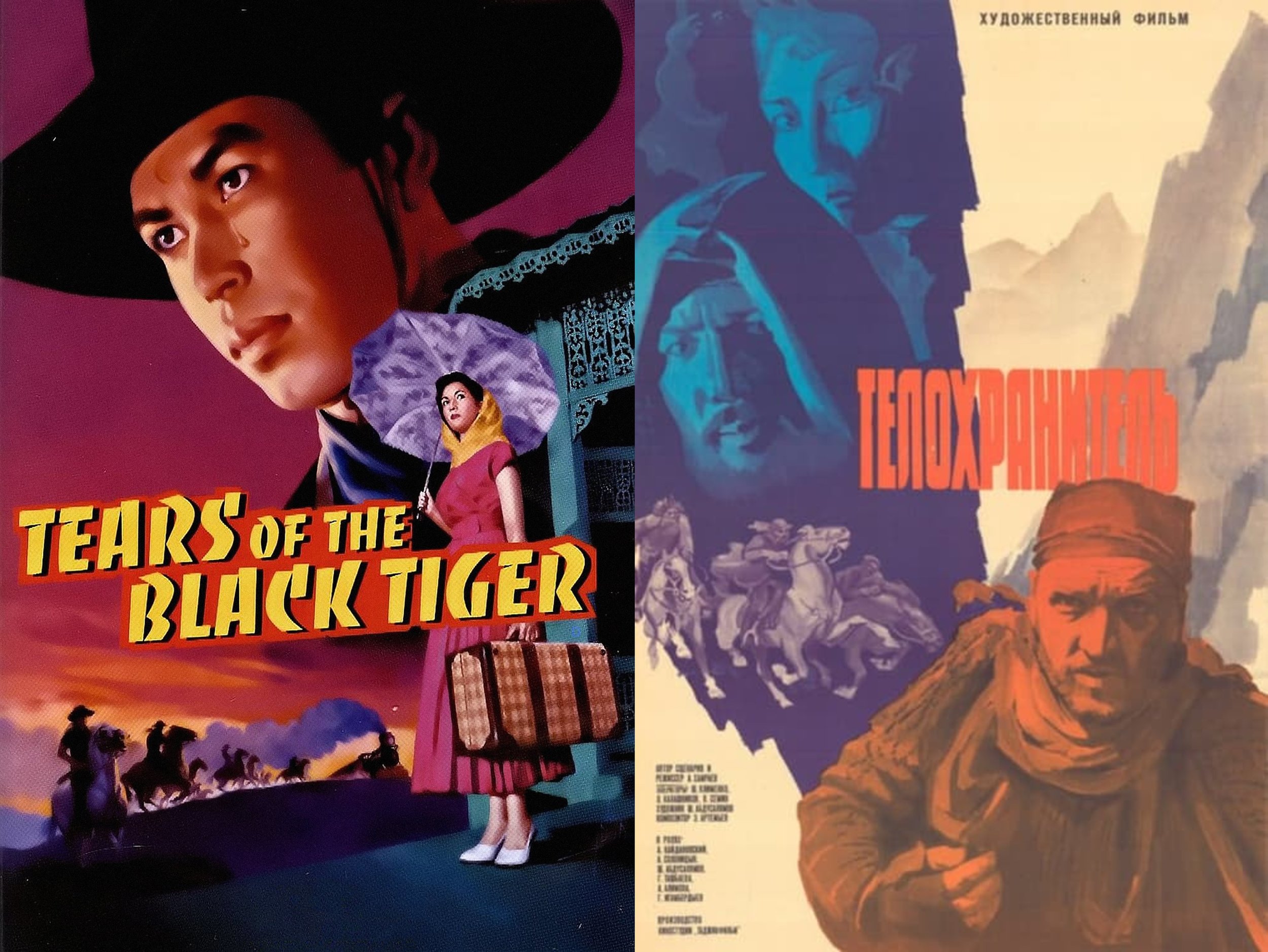
John Garcia is a lifelong Austinite with an insatiable appetite for film. When he’s not at his day job, he’s plotting and scheming to share weird and wild movies with anyone who will put time on their calendar. When he’s not watching movies, he’s watching videos about movies, browsing for new movies, or prepping/running his annual October movie gauntlet he calls “Schlocktober”.
To follow John and his exploits in film, check out:
Twitter: @JonJohnJeanJuan
Instagram: JonJohnJeanJuan
Letterboxd: LooseCanonCop